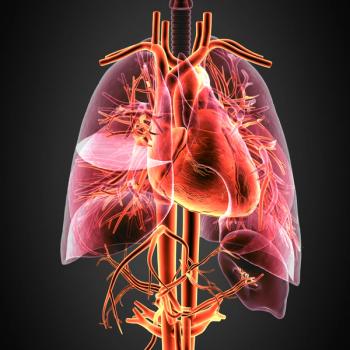
Early Diagnosis May Lead to More Mild Disease Course for Patients With AHP
Based on the findings, the researchers signal that family screening following a sentinel case may reap benefits for patients with acute hepatic porphyria (AHP).
Researchers are putting a spotlight on the importance of early diagnosis of
Over 15 years,
“These results emphasize the importance of early diagnosis and family members screening following a sentinel case, since it may prevent severe attacks and provide timely specific therapy to these patients,” posited the researchers.
The milder disease course was determined based on several findings among the 9 patients who had 42 attacks over the course of the study. Diagnosed patients had a drastically lower risk of being admitted to the intensive care unit (3.3% vs 75%). When patients were admitted to the hospital, those who were previously diagnosed were admitted for less than half as long as patients without a diagnosis (5 vs 11 days).
Diagnosed patients were also significantly less likely to have seizures (0% vs 50%), psychiatric symptoms (23.3% vs 66.7%), and severe hyponatremia (16.7% vs 83.3%).
Notably, these findings held up in a simple univariate logistic regression.
AHP attacks—generally beginning with abdominal pain before sometimes progressing to severe life-threatening conditions—are typically treated by withholding aggravating factors, intravenous fluids and glucose administration, analgesics, and in severe cases, intravenous heme therapy.
“The two groups did not differ regarding the heme treatment, but attacks in pre-diagnosed patients were more often treated with narcotic pain management,” reflected the researchers. “This implies that although severe complications were rare in this group, pain intensity, an important factor that influences therapeutic decisions, was not mild. The fact that both groups had the same percentage of heme treatment, while the previously undiagnosed patients had given more severe course, and the reason is not fully understood in this study.”
On top of being treated with narcotic pain management more often, patients who were previously diagnosed with AHP also more frequently received glucose, suggesting that the diagnosis facilitated both early and better symptomatic treatment of disease.
Reference
Edel Y, Mamet R, Cohen S, Shepshelovich D, Levi A, Sagy I. The clinical importance of early acute hepatic porphyria diagnosis: a national cohort. Intern Emerg Med. 2021;16:133-139.
Newsletter
Stay ahead of policy, cost, and value—subscribe to AJMC for expert insights at the intersection of clinical care and health economics.





























































